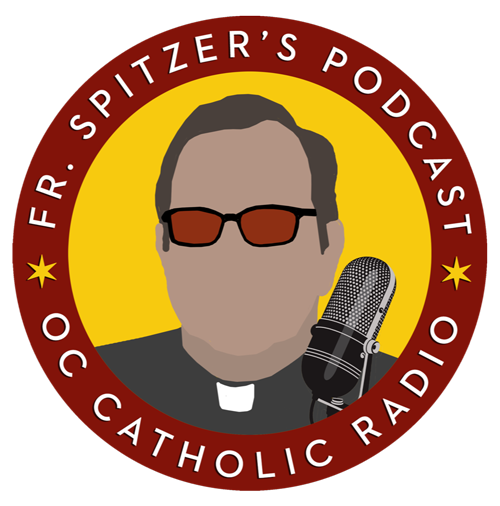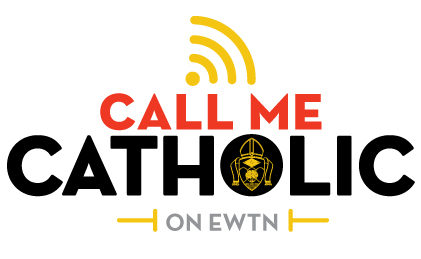A symbol of hope and light, the brilliant Star of Bethlehem struck those present at Jesus’ birth as an extraordinary and puzzling sight and a sure sign of Christ the King — and Catholics today, including Vatican astronomers, are just as enraptured with the star and just as mystified as to what it really was.
There are three commonly accepted theories surrounding the mystery of the star: that it was either a physical phenomenon that occurred in the night sky, a miracle, or a literary device used by Matthew to convey a theological meaning. Because the latter two theories are indeterminable, astronomers have shouldered the responsibility for exploring and dissecting the celestial phenomena of Jesus’ time.
If the star was a physical phenomenon, it may have been a comet, a star that suddenly brightened (a nova or supernova), or a grouping of planets. Astronomers are mostly certain the Star of Bethlehem wasn’t a comet, because comets were generally considered to be omens of disaster. It couldn’t have been the North Star, either, because the North Star, a celestial mainstay, wouldn’t have been regarded as extraordinary; also, the North Star is only positioned over Bethlehem if travelers are coming from the south, and it is believed that the Magi, who were astrologers, approached from Babylon in the east.
So, then, what could it have been?
The primary question, says Father Christopher Corbally, S.J., President of the Vatican’s National Committee for Astronomy, is: when was Jesus born? Historians and theologians believe it was between 8 B.C. and 1 A.D., aligning with several celestial occurrences during those years that fit the description of a large, unusually bright light.
Jewish astrologers in Jesus’ time were adept at understanding celestial phenomena such as the movement of planets, and could anticipate conjunctions of planets and other occurrences — the Magi, for example, informed King Herod’s court of their sighting of the star. Meanwhile, Chinese astronomers diligently recorded celestial occurrences over thousands of years, including an exploding star (a supernova) in 5 B.C. that is not recorded in Western accounts.
During this nine-year period, planets gravitated toward each other, forming wandering groups that appeared brighter than ordinary stars to the naked eye. These groupings in 7 B.C. (three separate conjunctions, including Jupiter and Saturn), 6 B.C. (Jupiter and the moon), and 5 B.C. (Saturn and Mars) all align with astronomers’ theory that the Star of Bethlehem was most probably two or more planets forming a triple conjunction; that is, planets meeting up with each other three times. Also in the running is an occurrence in 3 B.C., when Jupiter passed through constellation Leo to join with Venus — as both Jupiter and the brightest star in Leo (Regulus) represent the king, and Venus represents femininity, this conjunction can be interpreted as a sign of Jesus and the Virgin Mary and surely would have excited Babylonian astrologers.
Ancient Chinese astrologers believed there was a strong link between events in the heavens and on Earth — and ancient peoples tied great symbolism to celestial bodies — but modern science facilitates a deeper understanding of the wonder of and physics behind the night sky. While astrologers in Jesus’ time understood the positioning and movements of planets and stars, including predicting when stars and planets would align, they didn’t understand the physical laws of why and how these movements occurred. Even as modern astronomers have a better grasp on these astronomical phenomena, the true identity of the Star of Bethlehem may never be positively determined.
Father Corbally encourages Catholics to study the meaning behind the famed story, and to understand that science and evolution have enabled humans to appreciate the wonder of life, putting Catholics in touch with God. Because it is unknown whether the Star of Bethlehem was a literary device of Matthew’s, the star’s identity is left for Catholics to interpret.
“Our understanding of the infancy narratives is that these are different from the rest of the Gospels – these are very much stories telling a theological point, and just how much [historical] facts are in there, we’re not sure,” says Father Corbally.
The message that Catholics can derive from the story of the Star of Bethlehem, and perhaps the motivation behind Matthew’s possible literary device, is one of light and love. No matter which theory Catholics believe explains the Star of Bethlehem, they can look for the proverbial star in their own lives, and determine what lights up their lives with love and goodness and what brings them to Jesus.
“The star of Bethlehem is a matter of your own [way of] looking at it,” says Father Corbally, but, especially at Christmastime, “Jesus is our star, Jesus is our light, Jesus is the one to whom all nations come.”










